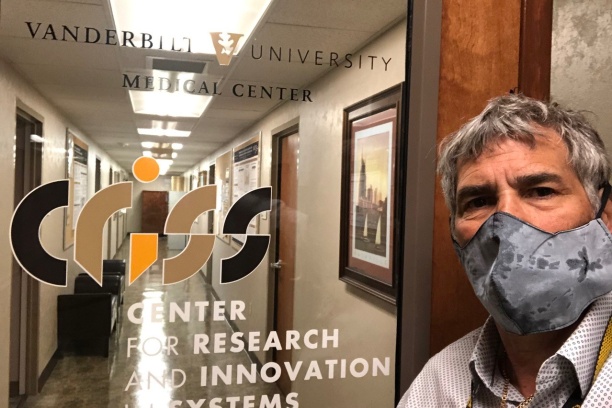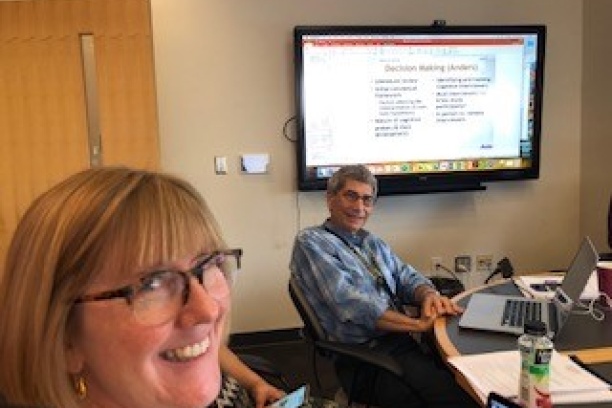History of SARG
The SARG came into being in the Fall of 2009 when a small group of anesthesiologists who were founding members of the Simulation Education Network (SEN) of the American Society of Anesthesiologists (ASA) met to discuss submitting a grant application to the Agency for Healthcare Research and Quality (AHRQ). The SEN was created after the American Board of Anesthesiology mandated that human-patient simulation be a requirement in its Maintenance of Certification program. Led by Dr. Matthew Weinger, the impetus for the formation of the SARG was a Request for Applications (RFA) from AHRQ to conduct research using simulation to advance patient safety. The subsequent proposal, entitled “Creating simulation-based performance assessment tools for practicing physicians” (herein referred to as the “MOCA Grant”), was funded by AHRQ in April 2011 [see Funding and Projects for more information].
Why Did SARG Come into Being?
While the first AHRQ grant opportunity was the stimulus for members of the ASA SEN to meet to discuss forming a multidisciplinary team to address issues around clinical performance assessment, the founding members of SARG recognized the need for collaboration among simulation and education researchers that would facilitate multi-center and larger studies to address important questions about clinician’s clinical performance. As we worked together on the initial grant application (and subsequently on the funded project), we appreciate the value of establishing a common simulation research language and taxonomy, to improve the quality and standardization of delivery of complex simulation scenarios for purposes of assessment, and of mentoring the next generation of simulation researchers. We also wanted to build a national infrastructure of people, processes, and technology that would support future research.
The infrastructure that we have subsequently created includes:
- Standardized and validated data collection tools and processes
- Standardized scenarios and rules for delivery in a standardized manner
- Standardized and validated performance metrics and rating tools
- A comprehensive usable video and data management platform (called VidARA)
- Rubrics, techniques, and methodologies for rater training
SARG’s relationship with the American Board of Anesthesiology
The SARG has a growing relationship with the American Board of Anesthesiology (ABA [link to theaba.org]). The ABA provided a letter of support and some demographic data for the first AHRQ-funded “SARG-MOCA” [link in Projects] research study. For SARG’s second AHRQ-funded research study, IMPACTS [link to projects], the ABA has been a valued collaborator. Over this time, two talented ABA employees, Ann Harman and Huaping Sun have become active full members of SARG. Since 2022, SARG has provided consultative support to the ABA Research Committee chaired by Stacie Deiner, MD. Beginning that same year, SARG and the ABA, including the new ABA physician research consultant, John Mitchell, MD, have been working closely together on several joint research projects with the expectation that these will lead to a series of publications as well as one or more new funded research projects.




